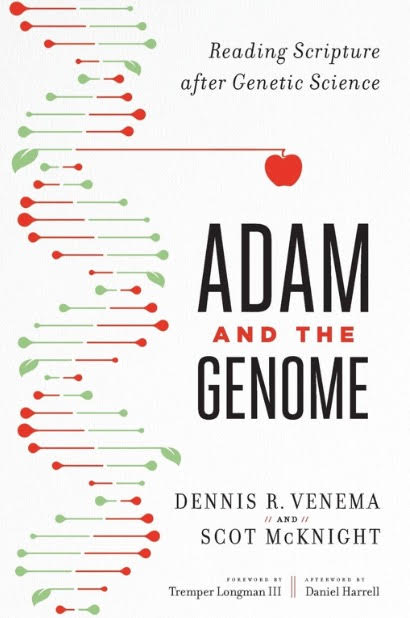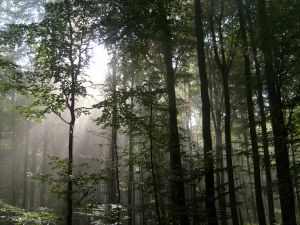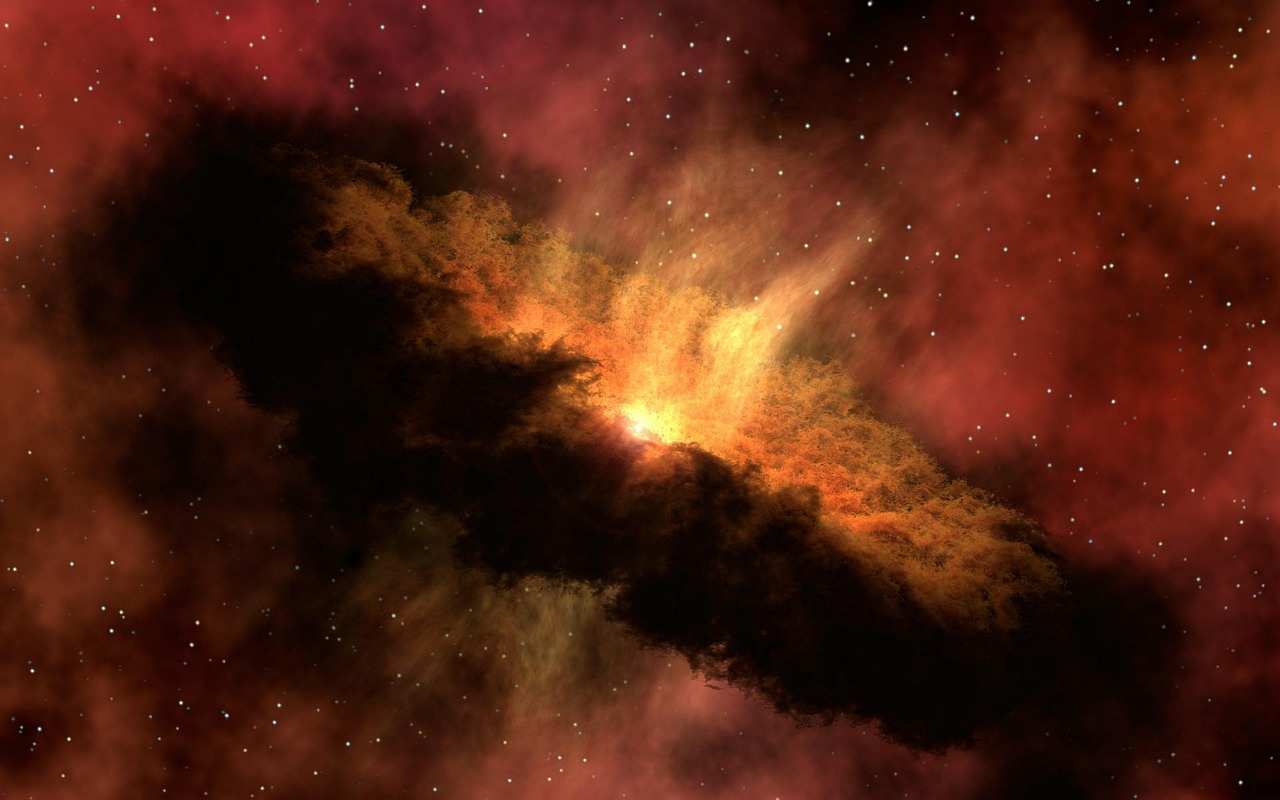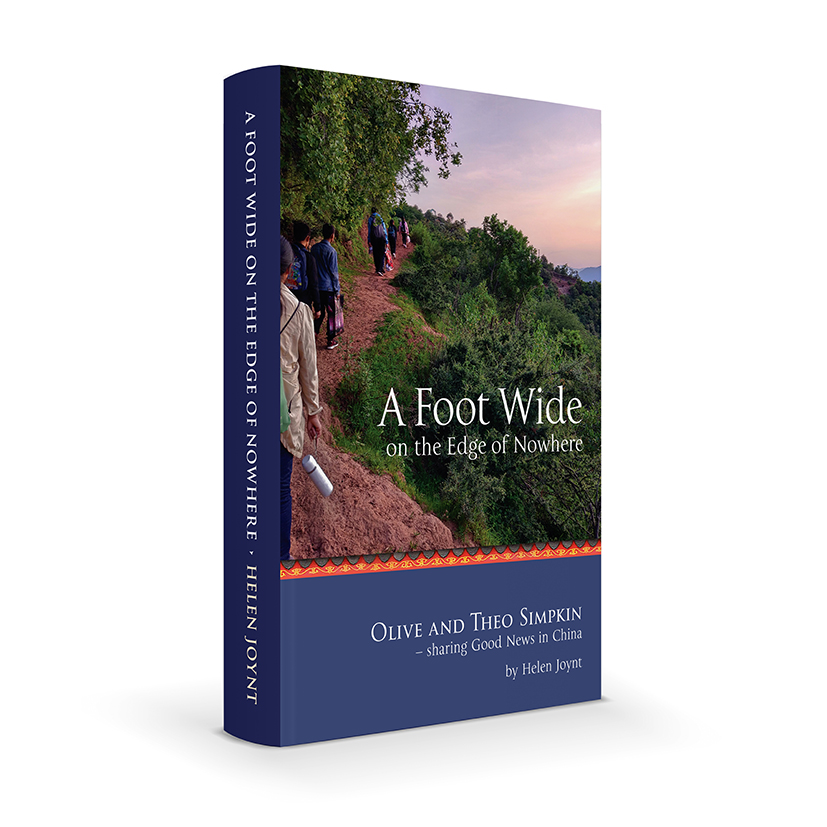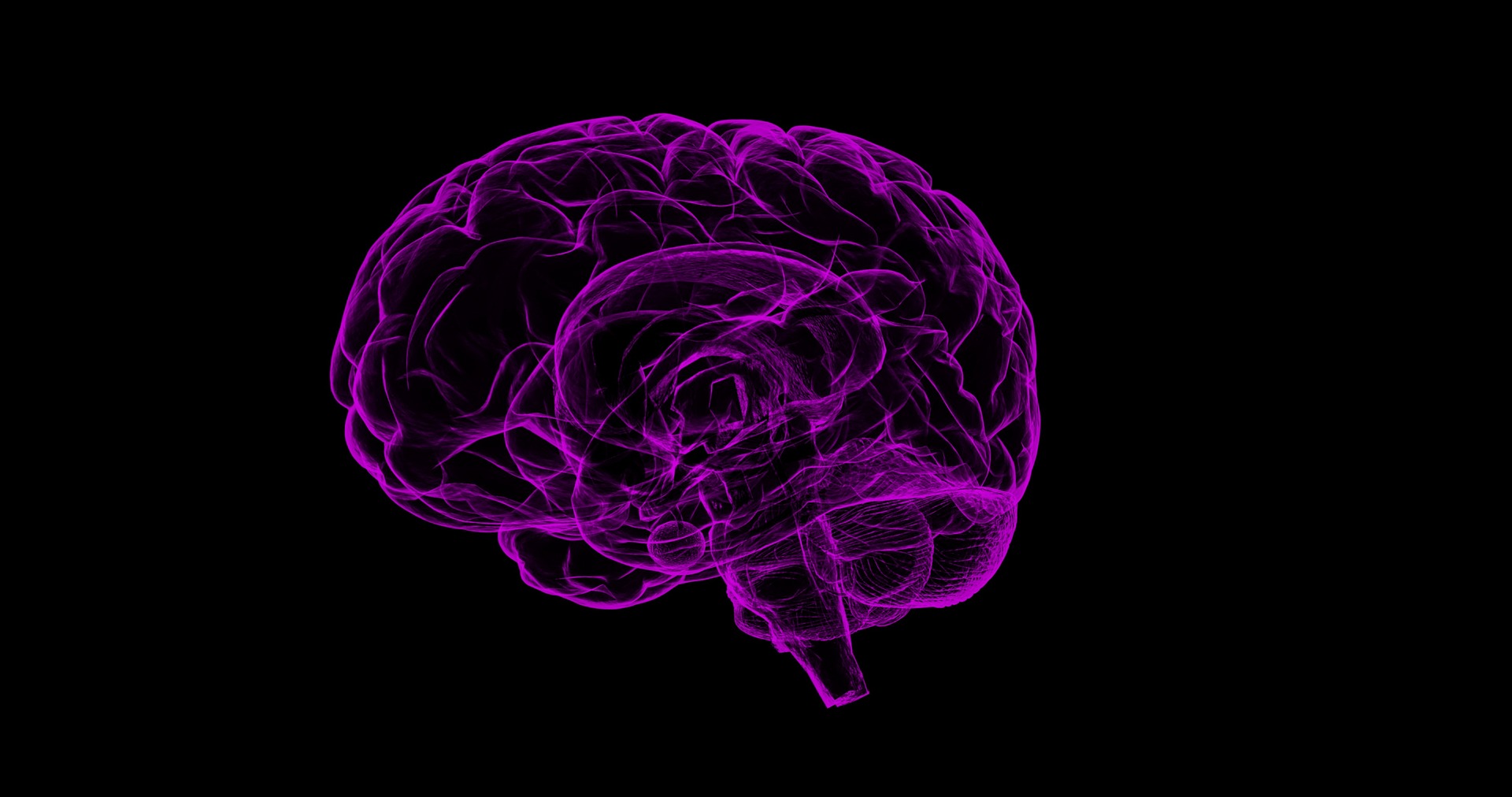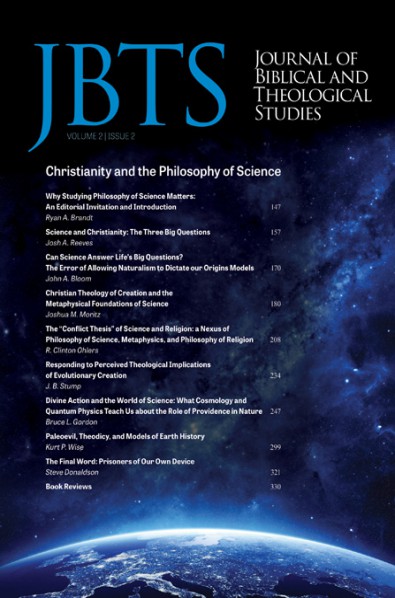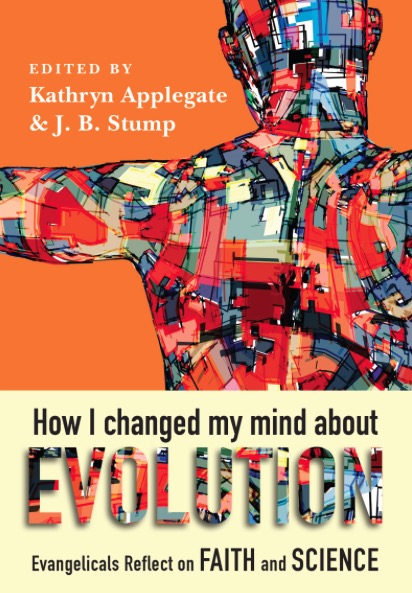

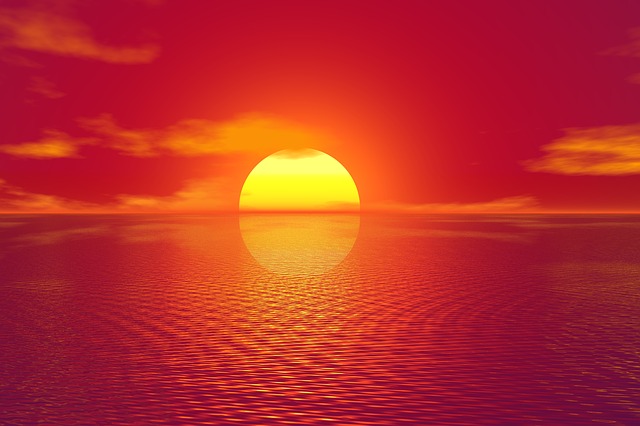
Leviathan: A reflection on ‘natural evil’ and the goodness of creation
Jonathan Clarke, March 2011
Download PDF
Please download the above PDF to view images from within the body of this opinion piece.
Leviathan: A reflection on ‘natural evil’ and the goodness of creation
Jonathan Clarke
Jonathan Clarke PhD is a research geoscientist, a Fellow of ISCAST, and a Director of ISCAST. Canberra ACT
Abstract
We live in a world where natural variability and catastrophic events are often understood by Christians as the result of ‘natural evil’ in a fallen world. The presence of many of these processes over the 3.5 billion years of recorded geological time shows that these are an integral part of the way the world works. Furthermore earthquakes, volcanoes, floods and other catastrophic events also provide fertile soils, mineral deposits, great beauty and other things which Christians accept as blessings of a good creation. In this reflection I suggest that a faithful response to these issues can begin to be informed by an understanding the relationship between God and the monsters in the Book of Job.
Key words
Natural evil, theodicy, catastrophes, natural variability, Job
Lake Taupo, New Zealand. NASA World Wind image1
1 http://en.wikipedia.org/wiki/File:Lake_taupo_landsat.jpg
Introduction
The existence of suffering in the world has resulted in the branch of theology known as theodicy, from the Greek θεός (theós, ‘god’) and δίκη (díkē, ‘justice’), meaning literally ‘the justice of God’. The term was first used in 1710 by the German philosopher Gottfried Leibniz to refer to questions of the justice of God in the face of evil. (Wikipedia, Theodicy). Much has been written on the subject, in particular to the justice of God in the context of gross human evil, such as the religious wars of the 15th century or the Jewish Holocaust.
In this article I wish to reflect on a different aspect of the problem, that of so-called ‘natural evil’, the powerful events in the created world that disrupt and destroy human lives and property. We live in a world where the peaceful round of seasons co-exist with violent and exceptional geological and climatic events. Floods, droughts, fires, earthquakes, volcanic eruptions, and tsunamis shock and amaze us from our TVs, internet sites, and newspapers. Beyond our world we see evidence of cosmic collisions and supernovae, events that may well have an impact on Earth.
In a world of climate change and events like the Indian Ocean tsunami of Boxing Day 2004, or more locally the Queensland floods of 2011, it is worth while thinking through our understanding of such events and how this influences our theology of creation. In this paper I want to illustrate the constraints an understanding of the Earth and its history might place on the theodicy of natural calamities. The detailed analysis and theological implications I leave to others.
Some theological perspectives
One recent theological response has been that of Tom Wright, Bishop of Durham, who has written:
We are not to suppose that the world as it currently is, is the way God intends it to be at the last. Some serious thinkers, including some contemporary physicists, would actually link the convulsions which still happen in the world to evil perpetrated by humans; and it is indeed fair enough to probe for deeper connections than modernist science has imagined between human behavior and the total environment of our world, including tectonic plates. But I find it somewhat easier to suppose that the project of creation, the good world which God made at the beginning, was supposed to go forward under the wise stewardship of the human race, God’s vice-gerents, God’s image- bearers; and that, when the human race turned to worship creation instead of God, the project could not proceed in the intended manner, but instead bore thorns and thistles, volcanoes and tsunamis, the terrifying wrath of the creation which we humans had treated as if it were divine.
This is a contemporary expression of a very old view in theology that those processes in creation that endanger and harm us are the direct
2
consequences of human sin. Such a position is consistent with an understanding of Genesis as literal history, with the fall and its curse changing the very fabric of creation so soon after its completion. It is also a view consistent with a post-modern theology which dismisses the insights of plate tectonics as being yet another theory of modernist science that is blind to the deeper connections of the world.
A similar response was uttered by the Archbishop of Sydney, Peter Jensen (2005):
The Bible regards us as being out of joint with nature because we are out of fellowship with God. As a result, the Bible never thinks of the world as safe and secure. Beginning with the biblical flood, the whole assumption of the biblical religion is that we live in a fractured and dangerous world, in which we humans will frequently experience drought, flood, famine, earthquake and pestilence. The Bible sees that the normal relationship between humanity and nature involves exploitation and pain.
The post-diluvial world is somehow fractured because of sin, resulting in floods, droughts and earthquakes. The implication of this statement is that the antediluvial world did not experience such events. Any contribution that a scientific understanding of earth processes and history might bring to the problem is not so much dismissed, as simply ignored.
A restless Earth
The geological record is full of cataclysmic events that are constructive as well as destructive. Asteroid impacts, such as the one that struck the Yucatan 65 million years ago, are believed to be responsible for at least some mass extinctions, such as the terminal Cretaceous event. These impacts are the tail end of the collisional process by which the Earth and planets were assembled in the first place, 4.5 billion years ago. Without such impact processes we would not have a planet to live on.
Volcanic eruptions, such as Krakatau (1888) and Tambora (1816) are immensely destructive. The Krakatau eruption ejected 25 km3 of rock and killed more than 36 thousand people (Wikipedia, Krakatoa), while the Tambora eruption (Wikipedia, Tambora) killed at least 71 thousand. Much larger eruptions have occurred in the past, the largest experienced in the historic record was the eruption of Thira in the Mediterranean ~1600 BC that ejected 81 km3 of rock was so destructive that it left no coherent accounts but destroyed the Minoan civilisation on Crete and may have given rise to the legend of Atlantis (Wikipedia, Thira). The AD 181 Taupo eruption (Wikipedia, Taupo) in New Zealand, ejected 100 km3 of rock, a third in the first few minutes, and devastated the North Island. Volcanic eruptions are also creative processes. Our planet’s oceans and atmosphere are believed to have out-gassed from the planet’s interior via eruptions. Oceanic crust forms through eruptions along mid-ocean ridged. This eventually processes through subduction zones and island arcs, building continental crust. Most ocean islands are the result of volcanism. Many precious and base metal deposits (such as the Kambalda nickel deposits and Olympic Dam copper-gold-uranium deposit) are associated with volcanic rocks and their associated sub-volcanic intrusions. Some of the world’s most fertile soils are associated with volcanic landscapes.
Volcanoes themselves, from Lake Taupo in New Zealand (frontispiece) to Mount Fuji in Japan are responsible for landscapes of breath-taking beauty.
Earthquakes have been responsible for considerable destruction. The Boxing Day earthquake of 2004 measured up to 9.3 on the Richter scale and, with its attendant tsunami, killed more that 229 thousand people. It was one of the most powerful earthquakes recorded, exceeded only by the 1960 Cañete earthquake in Chile (9.5), which did not kill anybody. The Tangshan earthquake of 1976 killed 255 thousand people. An even more destructive earthquake struck China in 1556 and killed an estimated 830 thousand people (Wikipedia, Earthquakes). Like volcanoes, earthquake activity is responsible for great many mineral deposits. In particular, lode gold and silver deposits such as those of Ballarat, Bendigo, and Kalgoorlie are associated with faults and shear zones. Earthquakes are also responsible for the uplift that forms much of the spectacular scenery of mountain ranges round the world.
Floodplains, by their very nature are not only subject to flooding but are the products of floods. Thick alluvial successions are common in the geological record. Throughout human history floodplains have been prime sites for settlements because of fertile soil, regular water supply, flat land for building, and navigable waterways. Many cultures are built on greater rivers throughout the world – the Tigris and Euphrates, the Nile, the Indus and Ganges, the Yangtze and Yellow, the Mississippi, the Rhine and Danube, even the Murray and Murrumbidgee. With the blessings such sites have provided comes also the inevitability of large scale, often catastrophic flood, the same flooding that created and renews the landscape.
The historical context
Our anthropocentric perspective sends to see the humans of Earth as the prime focus of history. Noah’s flood may be related to floods in the Tigris- Euphrates valley ~3000 BC. However people choose to understand Genesis 3, the story refers to developments at the dawn of human existence. If we see the events in the Garden as occurring early in the Neolithic (Wikipedia, Neolithic), the time of the earliest agriculture and horticulture, the fall occurred sometime round 10,000 BC. If it occurred soon after the appearance of modern Homo sapiens this means it occurred 130 thousand years ago (Wikipedia, Homo sapiens). If it occurred in the earliest representatives of the genus Homo then it must be placed at perhaps 2.5 million years ago (Wikipedia, Homo).
Impressive though these dates are from the perspective of human history, they are miniscule compared to the age of the Earth. Volcanic eruptions earthquakes, asteroid impacts, and floods have occurred throughout its 4.5 billion year history. Thus 99.95% of the planet’s history occurred before even the earliest human like creatures walked the Earth.
There are major implications for our understanding of the moral context of natural processes if we take seriously what has been learned about geological processes and the geologic record.
Implications
The evidence is that cataclysmic events, like earthquakes, volcanoes, and asteroid impacts, as well as lesser events such as floods, landslides, and storms, have been a part of the terrestrial environment from its earliest ages.
This evidence comes from multiple sources and has been verified from geological research over the past 300 years. Furthermore, we know from studying the Moon and Mars that similar processes have occurred elsewhere in the solar system.
There is no chronological reason to link these processes and events, that occurred millions and billions of years before the human species appeared, to human actions, the fall, and the flood.
Such events are part of God’s good creation and their consequences include the creation of mineral resources (Deut. 8:9) and fertile soil (Deut. 26:15) which are part of God’s blessings. We cannot accept the blessing as being from God on one hand without acknowledging the means by which we are given it.
In the same way we cannot feel awe of God’s handiwork in the seas, mountains and skies without recognising that much of the beauty has been created by cataclysmic forces. Less than two thousand years ago the lake Taupo region of New Zealand, was a steaming, ashy wasteland after the most violent volcanic eruption of the past 10,000 years. As Australians we cannot thank God for the unique beauty of the Australian bush without recognising that it has been shaped by drought, flood, and fire. As Dorothea McKellar wrote in her well known poem in 1906:
I love a sunburnt country, A land of sweeping plains,
Of ragged mountain ranges, Of drought and flooding rains, I love her far horizons,
I love her jewel sea,
Her beauty and her terror – The wide brown land for me.
A carnival of monsters
Life was precarious in Old Testament times. Droughts, fires, floods, storms, and earthquakes were well known phenomena, shattering the fragile balance of life for the bronze and iron-age farmers and pastoralists with whom God made His covenant. If we are troubled by natural disasters, then imagine what it was like for them, with no understanding of why they happened, no way to predict the risk or forecast events, and no emergency services, welfare safety net, or international aid to provide relief.
In a number of passages in the Bible these forces are personalised in the form of monsters. Sometimes they also symbolised the various oppressing and enemy nations surrounding Israel. In other cases the monsters seem to be identified with actual creatures, although it is not clear whether these creatures, like the crocodile and perhaps the whale and hippopotamus were actually thought to be the monsters, or just a bit like them. The idea of the monsters seems to be linked to the mythology of the surrounding nations with their terrifying gods and goddesses, such as Lotan and Tiamat. It was believed that these monsters could be invoked by sorcerers to bring about calamities like eclipses. However, it is on the use of these monsters in the Bible as symbols of the primal chaos, apparent chaos and natural violence in the book of Job that I will focus here.
Job is a man greatly oppressed by suffering from many sources. His bullocks, donkeys, and camels are carried off by Sabaean raiders, symbolising human evil. His sheep and shepherds and his children are destroyed by lighting and a desert whirlwind, symbolising natural evil; and he himself is struck down by illness. So it is not surprising that the monsters figure prominently in the book of Job.
Rahab is mentioned directly by Job (Job 9:8-14) in a speech where God is described as subduing the sea monster Rahab that opposed him during creation. The language used to describe God shows that Job, in the midst of his suffering, sees God as being more capricious and violent than the monsters he destroys. Conversely, Bildad (Job 26:12), in a speech about the power of God in creating and sustaining the world, describes God as destroying Rahab.
Leviathan is mentioned in the Psalms as a many-headed monster crushed during creation (Ps. 74:14). Leviathan features in Job’s comprehensive curse on the day he was born (Job 3:8). However the main mention is in God’s second dialogue with Job (41:-1-34). Terrifying though Leviathan is, along with a third monster, Behemoth, they are not agents of evil but God’s magnificently terrifying creatures (Job 30:15). This is reinforced elsewhere in the Psalms (Ps. 104:25-26) where Leviathan, God’s created creature, plays in the sea, bringing glory to God.
The meaning here is clear. Whatever popular folklore might have believed, Leviathan and the other monsters were not rival forces to God, but God’s creatures and under God’s authority and, understood in their rightful context, are objects of admiration.
The lesson of Leviathan
We no longer believe that the world is at the mercy of the monsters of chaos. However we do see the world as being a place where impersonal and often destructive forces sometimes have us at their mercy. The lesson of Leviathan, if not the actual reality, is still vital today. Earthquakes, volcanoes, floods, and other calamities are not forces outside God’s control, primary products of a universe out of joint because of human sin, or even specific judgments. They are God’s creation and, properly understood, phenomena that should excite awe and wonder and worship of the God who is the sovereign creator of the volcano and earthquake, tsunami and fire.
This does not mean that these forces are not sometimes used by God in judgment, or that they may not be used by Satan to try the faithful, as was the case with Job. Nor does it deny that human sinfulness may greatly increase the harm caused by natural events. However we do need to learn that these processes are overall part and parcel of the created world and essential to it. Further they are actually part of the way God creates and sustains the world. We cannot give thanks for the goodness of creation, the provision of air and water, of fertile soil and mineral resources, and for majestic landscapes that inspire awe and worship, without also thanking God for the ways in which He made them.
Questions for further discussion
There are many aspects that will repay further reflection:
-
Providence: if what we call natural disasters are also part of God’s providence, providing us with soil, air, water, and mineral resources, how should we regard them?
-
Creation: If such events have been part of creation from the beginning, what does Genesis 1 mean when it talks about creation being ‘good’?
-
Judgment: Under what circumstances could we consider a natural disaster to be a judgment of God?
-
Randomness: Does Jesus (Luke 13:1-5) suggest that some tragedies are random? If so, what is our response?
-
Satan: Under what circumstances could we consider a natural disaster to be a trial sent by Satan?
-
Human sin as a cause of natural disasters: In what way can human sin lead to or exacerbate natural disasters?
-
Human responsibility: In what way does the command to ‘subdue the earth’ refer to preparing for and managing both natural disasters and natural variability?
-
Natural cycles: Many Australian churches pray for an end to drought or deliverance from flood. But drought and flood in Australia are the result of the Southern Oscillation and similar events, as natural a cycle as the order of seasons. How then should we pray?
Acknowledgements
I am grateful to the input of Anna Clarke, Annette Pirani, John Brown, and the Rev. Dr. Andrew Sloane in the preparation of this article.
References
Jensen, P 2005, Christian Mission and the Tsunami in Asia , Sermon preached by Archbishop Jensen at the Summer School of the Church Missionary Society (NSW Branch) in 2005. viewed December 13 http://www.sydneyanglicans.net/archive/indepth/christian_mission_and_the_tsunami_ in_asia/
Wikipedia Earthquakes, Wikipedia article, viewed December 13 2010 http://en.wikipedia.org/wiki/Earthquakes
Wikipedia Homo, Wikipedia article, viewed December 13 2010 http://en.wikipedia.org/wiki/Homo_%28genus%29
Wikipedia Homo sapiens, Wikipedia article, viewed December 13 2010 http://en.wikipedia.org/wiki/Homo_sapiens
Wikipedia Krakatoa, Wikipedia article, viewed December 13 2010 http://en.wikipedia.org/wiki/Krakatoa
Wikipedia Lake Taupo, Wikipedia article, viewed December 13 2010 http://en.wikipedia.org/wiki/Lake_Taupo
Wikipedia Mount Tambora, Wikipedia article, viewed December 13 http://en.wikipedia.org/wiki/Mount_Tambora
Wikipedia Neolithic, Wikipedia article, viewed December 13 2010 http://en.wikipedia.org/wiki/Neolithic
Wikipedia Thira, Wikipedia article, viewed December 13 2010 http://en.wikipedia.org/wiki/Thira
Wikipedia Theodicy, Wikipedia article, viewed December 13 2010 http://en.wikipedia.org/wiki/Theodicy
Wright, N T 2005, God, 9/11, the Tsunami, and the New Problem of Evil. Response 28(2), Summer 2006. Viewed December 13 2010 (http://www.spu.edu/depts/uc/response/summer2k5/features/evil.asp)
